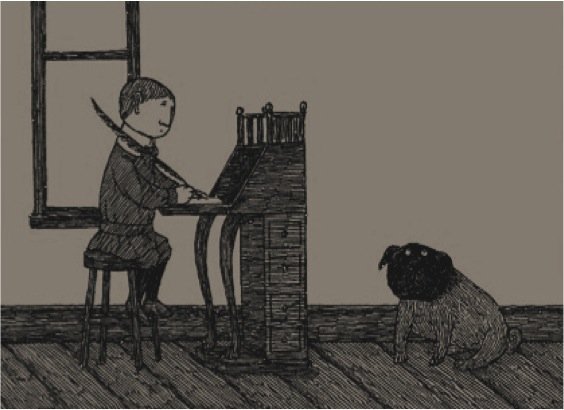Setting Rewards That Will Appeal to Crowd Funders
In Part 2 of the Ultimate Guide to Crowdfunding we examined the steps that need to be taken in order to prepare for a successful crowdfunding campaign. Part of what was uncovered during that process becomes very relevant for the next step, which is setting rewards that are going to be the most appealing to crowd funders. Understanding who the people are who are likely to fund your project is an important part of this that we looked at in Part 2. That’s because people that fund projects don’t just do it for absolutely nothing. They want to know what they are going to get as a result of doing so. Perks or rewards for giving money are a critical feature of crowdfunding websites. Backers want to know what the “perks” or “rewards” are going to be for supporting your project, and this is an essential component of getting a crowdfunding campaign right.
Alvaris Falcon has some very useful words of advice on this topic. He says:
“You should offer the best reward on the most popular tier of pledge”.
Explaining this in greater detail, Falcon explains that Indiegogo published a comment that showed that most people that fund the campaigns on their website prefer to do that at the level of $11 to $25. The second most popular pledge category is $25 to $60 on that particular website. This means that you have to make your rewards that you will offer for these levels on the crowdfunding website that you choose. It is also worth checking out any suggested guidelines that the website that you are using offers, as these will be worth following. Another gem of a tip from Falcon is understanding what would get others to back your project. This means using a bit of empathy and getting inside their shoes. He says you can do this by asking yourself what would attract you to back your own project.
Deciding on the right rewards and perks can be one of the hardest parts of running a successful crowdfunding project. It is not just about attracting people, but also making sure that your rewards are perks are not so onerous that you spend all your time after the campaign is over dealing with the administration of the rewards or perks, rather than being able to actually focus on your project. There are plenty of horror stories out there already about people that got this wrong and spent more money or time actually delivering the rewards than the money was worth that they raised via their campaign. The golden rule of getting it right is making sure that rewards are suitable for the level of donation that a person makes to your project.
For example, let’s say that you are an artist, and you are raising funds through a crowdfunding website because you want to hire space to be able to hold an exhibition of your works. You have decided that you can offer four different perks, depending on the level of contribution that someone makes. You decided that you can give away a signed postcard of one of your best pictures to some contributors. You can offer an actual original sketch (again signed) to others. You can offer free entry to the exhibition, or at least a discount to others. And you can also offer dinner with the artist to others. These are all potentially good and appealing rewards, since presumably a person supporting your project will be someone that likes your work and who is interested in you. The postcards are an easy option for anyone who backs the project for less than a certain price. The next tier up would be the free entry to the exhibition. Then the next tier up again might be a free sketch. Finally, the top tier could be dinner with the artist. You would not want to give this top tier reward to someone who pays a very low amount to your project. Otherwise you will end up spending a lot of time going out for dinner with people and not working on getting the exhibition up and running. Equally you don’t want to give away free sketches of your work to a lot of people because these could be of a very high value. Hopefully this example helps show why thinking through what you are offering and to who is a necessary piece of the puzzle.
Additional resource: Excellent infographic done by FundersandFounders.com summarizing the characteristics of various platforms of crowdfunding:
Ultimate Guide to Crowdfunding (part 1)
Ultimate Guide to Crowdfunding (part 2)

Paula Newton is a business writer, editor and management consultant with extensive experience writing and consulting for both start-ups and long established companies. She has ten years management and leadership experience gained at BSkyB in London and Viva Travel Guides in Quito, Ecuador, giving her a depth of insight into innovation in international business. With an MBA from the University of Hull and many years of experience running her own business consultancy, Paula’s background allows her to connect with a diverse range of clients, including cutting edge technology and web-based start-ups but also multinationals in need of assistance. Paula has played a defining role in shaping organizational strategy for a wide range of different organizations, including for-profit, NGOs and charities. Paula has also served on the Board of Directors for the South American Explorers Club in Quito, Ecuador.



























